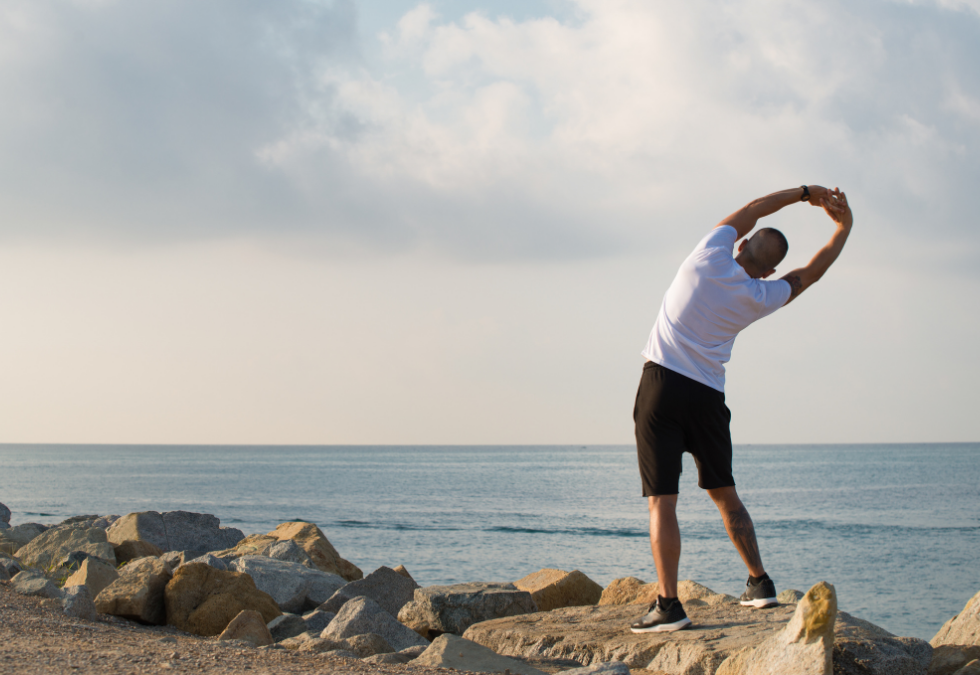Massage therapy, one of the oldest healing arts, has played a pivotal role in health and wellness practices throughout history. Its journey from ancient civilizations to its current status in the United States reflects a fascinating evolution, mirroring societal changes and the growing recognition of its health benefits. This blog explores key historical periods and cultures, highlighting the impact of massage therapy on health and wellness over time.
Ancient Foundations and Global Traditions
The Middle Ages and the Renaissance: A Time of Revival
During the Middle Ages, massage therapy saw a decline in popularity in Western cultures, largely due to associations with spiritual or erotic practices. However, it continued to thrive in Eastern cultures, where traditional practices like Ayurveda in India and Anma in Japan preserved these ancient healing techniques.
The 19th Century: Formalization in the United States
This period was characterized by significant advancements in medical knowledge and practice, including the use of massage to treat injuries and reduce pain. The increasing recognition of massage’s therapeutic benefits led to the establishment of the first massage therapy clinics and the development of specific massage techniques.
The 20th Century and Beyond: Professionalization and Expansion
The 20th century marked the professionalization of massage therapy in the United States. The establishment of formal training programs and the creation of professional associations such as the American Massage Therapy Association (AMTA) helped solidify massage therapy’s place in the healthcare field. These developments ensured standardized practices and promoted the importance of massage therapy in health and wellness.
Today, massage therapy is widely recognized as a vital component of holistic healthcare. Its applications range from stress reduction and relaxation to pain management and rehabilitation. The variety of techniques available, including Swedish, deep tissue, sports massage, and reflexology, among others, cater to diverse needs, showcasing the versatility and adaptability of massage therapy as a practice.
The Impact of Massage Therapy on Health and Wellness
Throughout its history, massage therapy has demonstrated a profound impact on health and wellness practices. Its early adoption by ancient cultures underscores a universal recognition of the healing power of touch. The evolution of massage therapy in the United States, from a practice mired in controversy to a respected healthcare profession, reflects broader changes in societal attitudes towards alternative and complementary medicine.
In today’s fast-paced and stress-filled world, the importance of massage therapy cannot be overstated. Its proven benefits in reducing stress, alleviating pain, and enhancing overall well-being have made it an indispensable tool in the holistic healthcare toolkit.
The history of massage therapy in the United States is a testament to the enduring value of this ancient healing art. From its roots in ancient civilizations to its formalization and professionalization in the modern era, massage therapy has continually evolved to meet the changing needs of society. Its role in promoting health and wellness remains as significant today as it was in ancient times, a reminder of the timeless nature of the healing power of touch.


Recent Comments